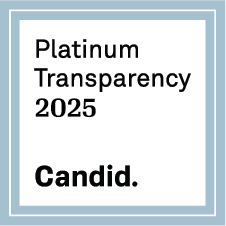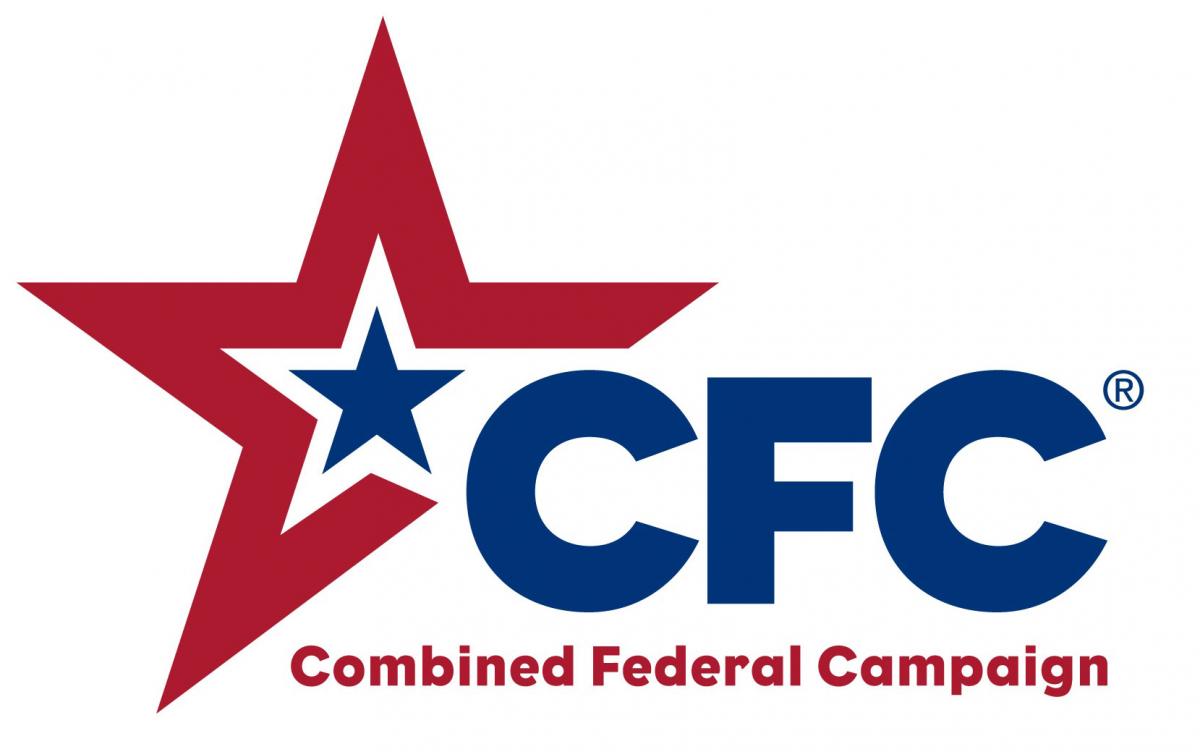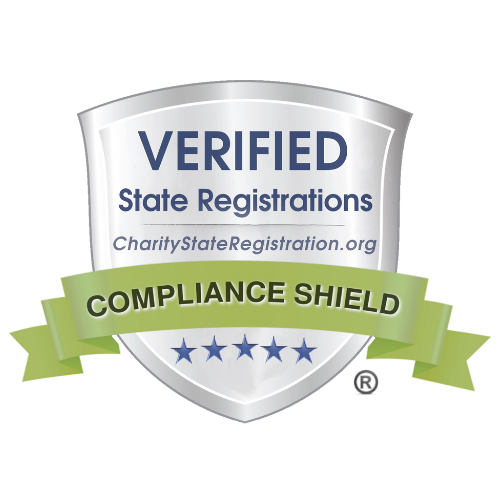Public Charge-Related Questions on Form I-485
Last Updated
Topics
U.S. Citizenship and Immigration Services, or USCIS, has published a “pre-view” version of the Form I-485, Application to Register Permanent Residence or Adjust Status, that includes questions regarding the final rule defining public charge that will take effect on Dec. 23, 2022. The new I-485 will be available on that date—not earlier—and will also be mandatory beginning then. The USCIS has stated that if the applicant uses the current version of Form I-485 on or after Dec. 23, 2022, it will reject the filing. The new Instructions are also available and provide some limited help in completing the form and answering the additional public charge questions. Below is a practice advisory analyzing each of the additional questions on the I-485.
The USCIS’s final rule defines “likely at any time to become a public charge” as someone who is “likely at any time to become primarily dependent on the government for subsistence, as demonstrated by either the receipt of public cash assistance for income maintenance or long-term institutionalization at government expense.” 87 Fed. Reg. 55472 (Sept. 9, 2022). The USCIS defines public cash assistance for income maintenance as including only three programs: Supplemental Security Income, or SSI; Temporary Assistance to Needy Families, or TANF; and state tribal, territorial, or local cash benefit programs for income maintenance. It will also consider long-term institutionalization funded through Medicaid. Most adjustment applicants are not eligible for these benefit programs.
On Dec. 23, 2022, the USCIS will publish an update to its Policy Manual at Volume 8, Part G that informs adjudicators how to implement the new public charge rule and questions on the I-485. We will update this advisory at that time and incorporate the USCIS’s guidance. In the meantime, agency statements made in the preamble to the final rule shed some light on what we can expect. For example, the agency stated that it “will consider any evidence a noncitizen chooses to submit regarding the [five statutory] factor(s).” 87 Fed. Reg. 55472 at 5552. In addition, during a public stakeholder engagement on Sept. 29, 2022, the USCIS indicated that it would require no new initial documentary evidence regarding public charge for most cases.
Question 61 asks whether the applicant is subject to the public charge ground of inadmissibility. The adjustment of status applicants who are exempted from the public charge ground of inadmissibility are listed in 8 CFR § 212.23(a).
Question 62 asks for the size of the applicant’s household. The applicant must include himself or herself and the following persons if they are residing with the applicant:
- the applicant’s spouse;
- the applicant’s parents;
- the applicant’s unmarried siblings under 21 years of age; and
- the applicant’s unmarried children.
It also includes any other individuals (including a spouse or child not physically residing with the applicant) who are listed as dependents on the applicant’s federal income tax return and any other individuals who list the applicant as a dependent on their federal income tax returns.
Question 63 asks the applicant to indicate his or her total annual income. It provides five boxes depending on the estimated amount. Remember that this figure represents the income of the applicant and that of any of the persons included in the applicant’s household. It also includes income “provided to your household from sources who are not members of your household, including but not limited to alimony or child support.” Form I-485 Instructions (12/23/22) p. 8. The term “income” should include salaries and monetary gains from any source. It cannot include income from any of the programs defined as public cash assistance for income maintenance. Nor can it include "income from illegal activities or sources such as proceeds from illegal gambling or drug sales.” Id. “Annual income” presumably means estimated current calendar year income rather than income reported on the most recent tax return.
Question 64 asks for the total value of the applicant’s assets and provides five boxes depending on the estimated amount. The term “asset” is not defined. The instructions only indicate that assets must be owned by the household members; the instructions contain the same prohibition against including “assets from illegal activities or sources such as proceeds from illegal gambling or drug sales.” Id. But the term is explained for purposes of its use in completing the affidavit of support and it includes “savings accounts, stocks, bonds, certificates of deposit, real estate, or other assets.” Assets, in order to be used for purposes of supplementing a sponsor’s income, must be “significant” and “readily converted to cash within one year…without considerable hardship or financial loss to the owner.” Form I-864 Instructions (12/08/21) p.9. The owner of the asset must include a description of the asset, proof of ownership, and the basis for the owner’s claim of its net cash value. Estimates of the value of real estate must include an appraisal from a licensed appraiser. In addition, the value of assets is not given a one-to-one equivalence to that of income. However, no such limitations or requirements appear to exist for assets to be considered by the adjustment applicant. In addition to the assets indicated above, the cash value of the following should be included: cash in a checking account; insurance policies; automobiles; and any personal property, such as furniture or jewelry.
Question 65 asks for the total value of the applicant’s “household liabilities (including both secured and unsecured liabilities)” and provides five boxes depending on the estimated amount. The term “household liabilities” is neither defined nor exemplified in the Instructions other than to state that they must be owed by household members. Liabilities should include fixed and regular expenses, such as a mortgage or lease payment, car loans, school tuition, or child support. Do not include normal living expenses for food, utilities, gasoline, clothes, etc.
Question 66 asks for the highest degree or level of school the applicant has completed and provides nine boxes. The first option is “grades 1 through 11,” but it is unclear whether the applicant must have completed the eleventh grade to check this box. Until we receive clarification, check this box if the applicant has completed any of these grades rather than all of them. The question uses terms such as “high school,” “12th grade,” “bachelor’s degree,” and “college credit,” which relate to the U.S. education system and may not be the same in the applicant’s country. If this is true, try to indicate the equivalent in the applicant’s educational system. For example, in Mexico and other Hispanic countries, grades 10-12 are the equivalent of “high school,” but students earn a “bachelor’s degree” instead of a high school diploma. After this, students may enroll in a university where after four or five years they can earn a “professional degree.” This could be, for example, in law or medicine. Students do not attend four years of “college” before studying for one of these “doctorate degrees.”
Question 67 asks for “certifications, licenses, skills obtained through work experience.” The Instructions provide some guidance, which indicates that the terms include “workforce skills training, licenses for specific occupations or professions, foreign language skills, and certificates documenting mastery or apprenticeships in skilled trades or professions.” Include any formal certificates the applicant has received. More common are the skills learned on the job. These could be in any field (e.g., construction, food processing, hospitality, manufacturing, retail) where the applicant has labored and which make the person marketable. Include the applicant’s literacy in his or her native (“foreign”) language as a skill, as well as any proficiency in the English language.
The question also asks for “educational certificates.” The Instructions state that these “are issued by an educational institution (or a training provider) and certify that an occupation specific program of study was completed.” If applicant has received such certificates, write them down. They might be issued by occupational schools and programs.
Question 68a asks the applicant to indicate if he or she has ever received SSI, TANF, or state/local/tribal/territorial cash assistance for income maintenance. This includes benefits the applicant received at any time in the past or is currently receiving. Do not include situations when the applicant has applied for these benefits but has not actually received them or has only been approved for a future receipt. Also, do not include situations where the applicant has applied for or received benefits on behalf of another person, such as a child or other family member.
The applicant is presented with a binary choice: if he or she has received any of these benefits, answer “yes” and then explain the circumstances in the space provided in Part 14, Additional Information, including the reason why the applicant needed it. In addition, fill in the table in 68c by identifying the benefit, the start and end dates when the benefit was received, and the dollar amount of the benefit. Regrettably, USCIS did not explain in the Instructions that it will not consider benefits received while the applicant was in an immigration category exempt from public charge inadmissibility. These could include persons paroled into the country for more than one year, special immigrant juveniles, VAWA self-petitioners, T or U visa applicants, and persons classified as Cuban/Haitian entrants. If the applicant did receive any of these benefits while in an immigration category exempt from public charge, explain this in Part 14, Additional Information.
Question 68b asks if the applicant has ever received long-term institutionalization at government expense. This is defined as “government assistance for long-term institutionalization (in the case of Medicaid, limited to institutional services under section 1905(a) of the Social Security Act) received by the beneficiary, including in a nursing facility or mental health institution. Long-term institutionalization does not include imprisonment for conviction of a crime or institutionalization for short periods for rehabilitation purposes.” 8 CFR §212.21(c). If the applicant answered “yes” to this question, then complete the table in 68d and identify the institution, indicate the city and state, the dates of institutionalization, and the reason.





